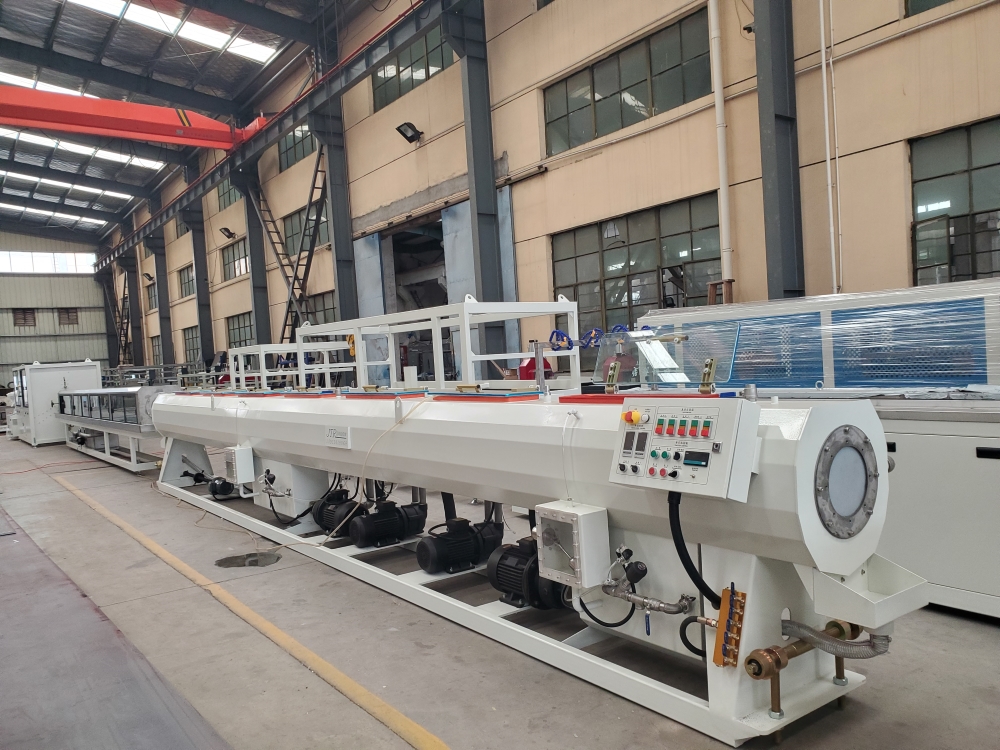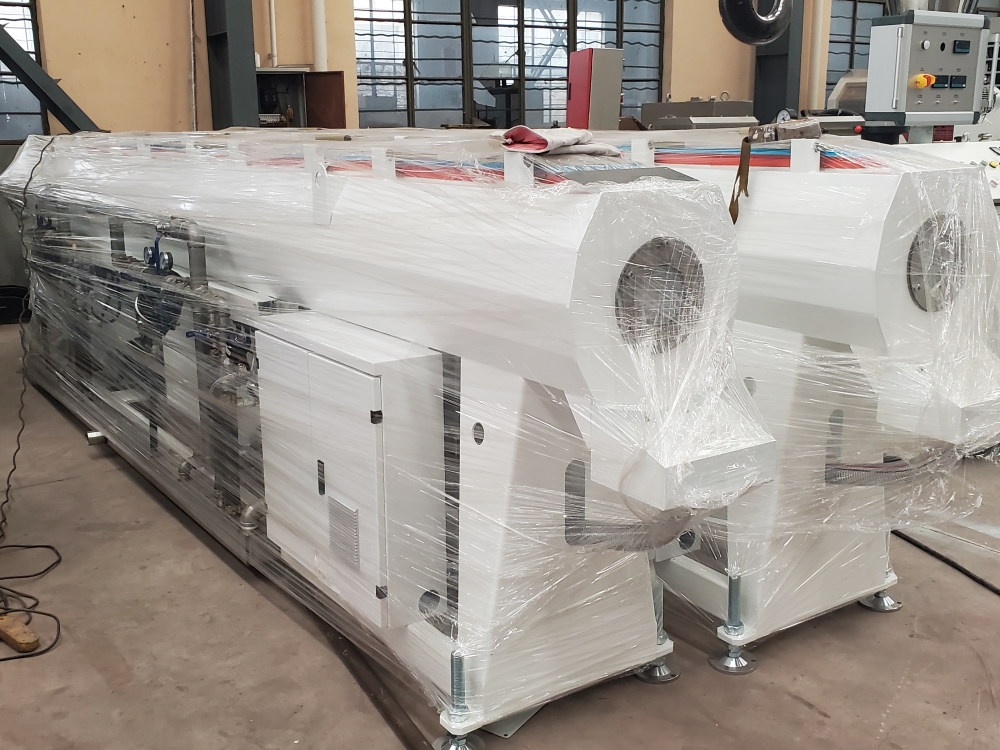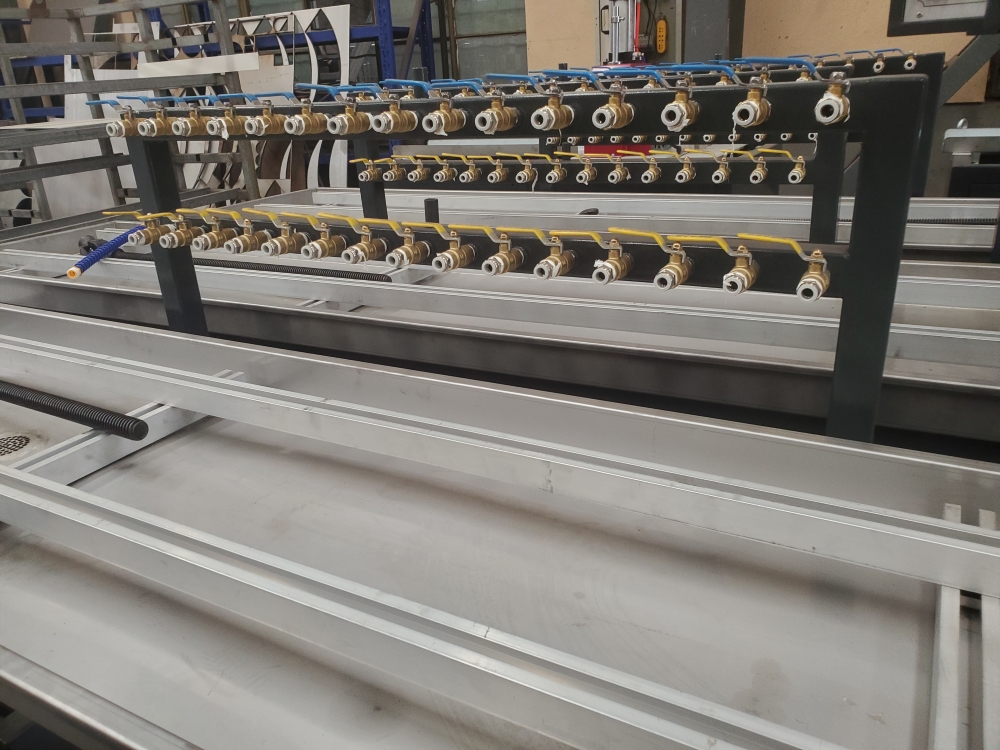The daily maintenance of the belt-type feeding automatic weighing machine is closely related to the accuracy of the belt-type feeding automatic weighing machine.
1. During belt running, the belt must have good anti-deviation device and ensure sensitive and reliable; during operation, the flow rate should be controlled within 20% of the calibration flow rate, and the maximum flow should not exceed 120% Qmax. Not only will it help increase the accuracy of the belt-feed automatic weighing machine, but it will also increase the service life of the equipment.
2. Replace the damaged idler in time. Belt conveyors are usually produced continuously. Under normal circumstances, they are rarely intermittent or out of service. The idlers are most likely to be worn. Maintenance personnel should always check the rollers in the weighing and area, and should be replaced or repaired in case of damage.
3.Because the belts are transported by looser materials, under the influence of belt deviation or overfilled materials, the materials often fall down and get stuck in the position of the edge joints of the scale frame and the conveyor frame, changing the normal mechanics. Relationships affect weighing accuracy. Two years ago, our department's belt type feeding automatic weighing machine was checked by professional maintenance personnel. Twice a week, weighing instruments often have a small value or a negative balance, especially with two belts. The conveyors are relatively frequent, and the inspections are caused by the jamming of the scale racks due to the hard block materials. In order to do a good job in the management of the belt-type feeding automatic weighing machines, we have now conducted inspections for every shift. Measures to promptly clear the bulk material around the belt-type feeding automatic weighing machine basically eliminated the phenomenon of jamming, and the equipment operation was seldom abnormal.
Therefore, frequent inspection and maintenance of the belt-type feeding automatic weighing machine and timely cleaning of the bulk material at the edge of the weighing frame play a positive role in the accuracy of the belt-type feeding automatic weighing machine.
There are still many external factors that affect the operation of the belt-type feeding automatic weighing machine. Checking and eliminating the failure of the electronic belt-type feeding automatic weighing machine is much more complicated than other weighing instruments. This requires the operation and maintenance personnel to actively study. To understand the relevant knowledge, diligent observation, diligent hands-on, multi-analysis, multi-thinking, multi-summarization, continuous improvement, and strengthening of management can effectively improve and ensure the running accuracy of the belt-type feeding automatic weighing machine.
The above has introduced the daily maintenance of the belt-type feeding automatic weighing machine, if you still want to learn more about the automatic weighing machine, we welcome everyone to consult with us! Thank you for your great support!
Related Articles Recommendation: Product Missing Detection Technology for Automatic Weighing Machines
Plastic pipe lines are a type of piping system that is made from plastic materials such as polyethylene, PVC, and CPVC. These piping systems are widely used in various industries, including water supply, gas distribution, wastewater treatment, and irrigation systems. Plastic pipe lines are preferred over traditional metal pipes due to their durability, flexibility, and cost-effectiveness.
Plastic pipe lines are manufactured using extrusion technology, which involves melting the plastic material and forming it into a continuous pipe. The extruded pipe is then cooled and cut into the desired length. The plastic material used in the manufacture of plastic pipe lines is of high quality and can withstand high pressure and temperature.
Plastic pipe lines are available in different sizes and shapes, depending on the application. The most common types of plastic pipe lines are PVC pipes, which are used for water supply and drainage systems, and polyethylene pipes, which are used for gas distribution and irrigation systems. CPVC pipes are also used for hot water supply systems.
Plastic pipe lines are easy to install and require minimal maintenance. They do not corrode or rust, unlike metal pipes, which can deteriorate over time. Plastic pipe lines are also resistant to chemicals, making them ideal for use in industrial applications.



Plastic Pipe Line,Plastic Gas Line,Plastic Gas Pipe,Pvc Pipe Water Line
Shanghai Jiahao Machinery Manufacturing Co., Ltd. , https://www.jiahaoextruder.com